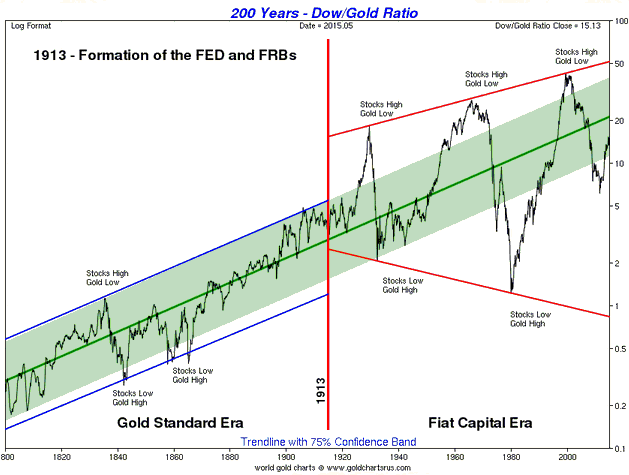The types of bet a person can make can be categorised as follows:
1. A bet where a rational bettor hopes to win and has a reasonable expectation* of winning. For example, someone who buys a stock following careful analysis of potential risk versus reward hopes to obtain a profit and believes that they have put themselves in a position where the expected outcome is a profit. This type of bet is called a speculation or an investment.
2. A bet where a rational bettor hopes to win but knows that the expected outcome is a loss. For example, someone who bets on roulette at a Las Vegas casino should realise that the expected outcome is a loss, but people who bet on roulette are generally hoping to beat the odds. This type of bet is a gamble. Note that many of the people who claim to be speculating/investing are actually gambling, because they haven’t done sufficiently thorough analysis of risk versus reward for their bet to be categorised as a speculation or an investment.
3. A bet where a rational bettor hopes and expects to lose. This type of bet is called an insurance payment.
When you buy insurance you can be very confident that the expected outcome is a loss because anyone prepared to offer you insurance on any other terms will not stay in business for long. Furthermore, a rational and honest person who takes out insurance will be hoping that they will never actually need to cash-in their insurance policy; that is, they will be hoping to lose the money paid for the insurance. For example, someone who buys fire insurance for their home is, in effect, betting that their home will burn down, but this is a bet they will generally be hoping to lose.
Due to the expected outcome being a loss, you should never pay someone to take-on an insurance risk you can afford to take-on yourself. It will, however, make sense to pay for insurance in certain cases. This is because even though the expected outcome is a loss, the consequences of not having the insurance could be devastating. Many people, for instance, would be financially devastated if their home burnt down, so it would probably make sense for them to pay for fire insurance. But it probably wouldn’t make sense for Warren Buffett to have his modest Omaha residence insured against fire because the financial value of his home is miniscule compared to his net worth.
Managing risk in the financial markets is often equivalent to buying insurance. That is, it often involves making a bet you hope and expect to lose, but a bet that makes sense nonetheless because it will prevent you from experiencing severe financial pain if things don’t go according to your best-laid plans.
*When I say “a reasonable expectation of winning” I mean that the expected outcome is a win, which is different from saying that the probability of winning is greater than 50%. For example, a bet that has a 70% probability of yielding a 10% profit and a 30% probability of yielding a 50% loss has an expected outcome of minus 8% [0.7*10 + 0.3*(-50)]. In this case there’s a 70% probability of winning the bet, but a rational person will not make such a bet.
In many real-world situations the probabilities needed to calculate “expected outcome” will not be known, meaning that speculators/investors will be forced to use educated guesses (guesses made after carefully weighing the known facts). These educated guesses will sometimes be wrong, which is why risk management is crucial.
 Print This Post
Print This Post







